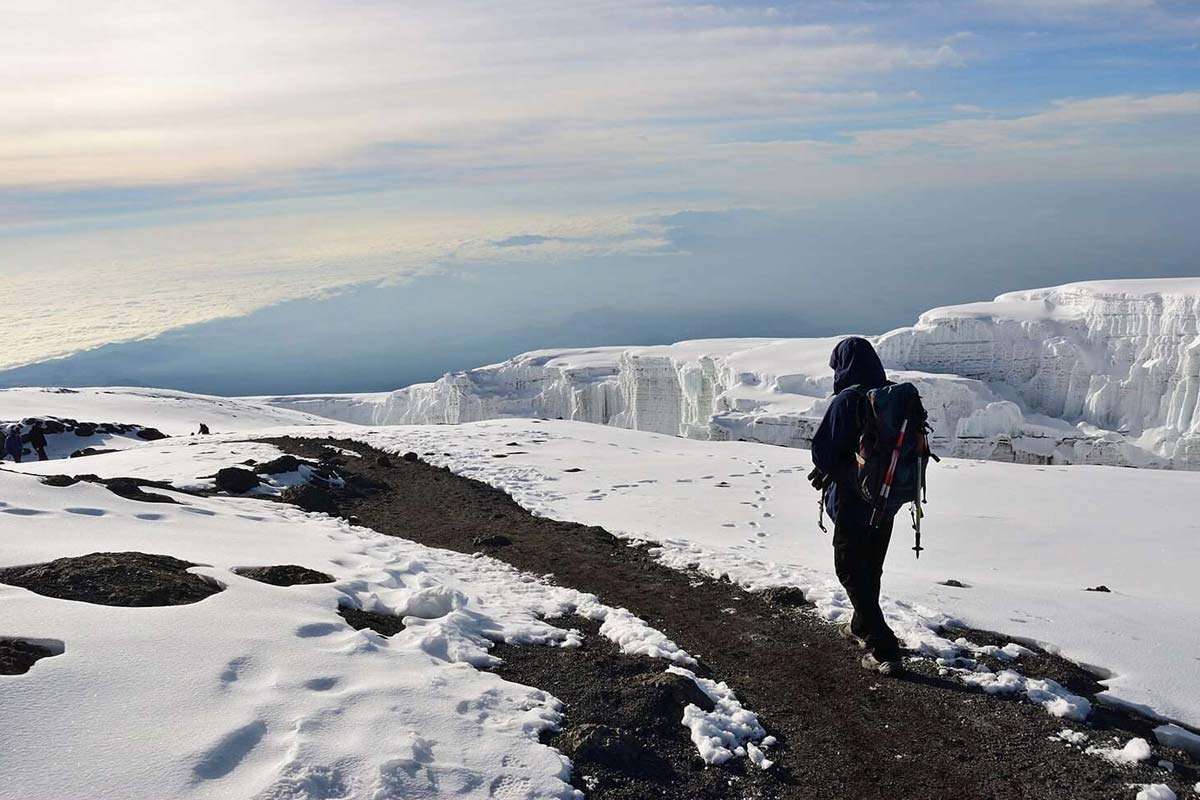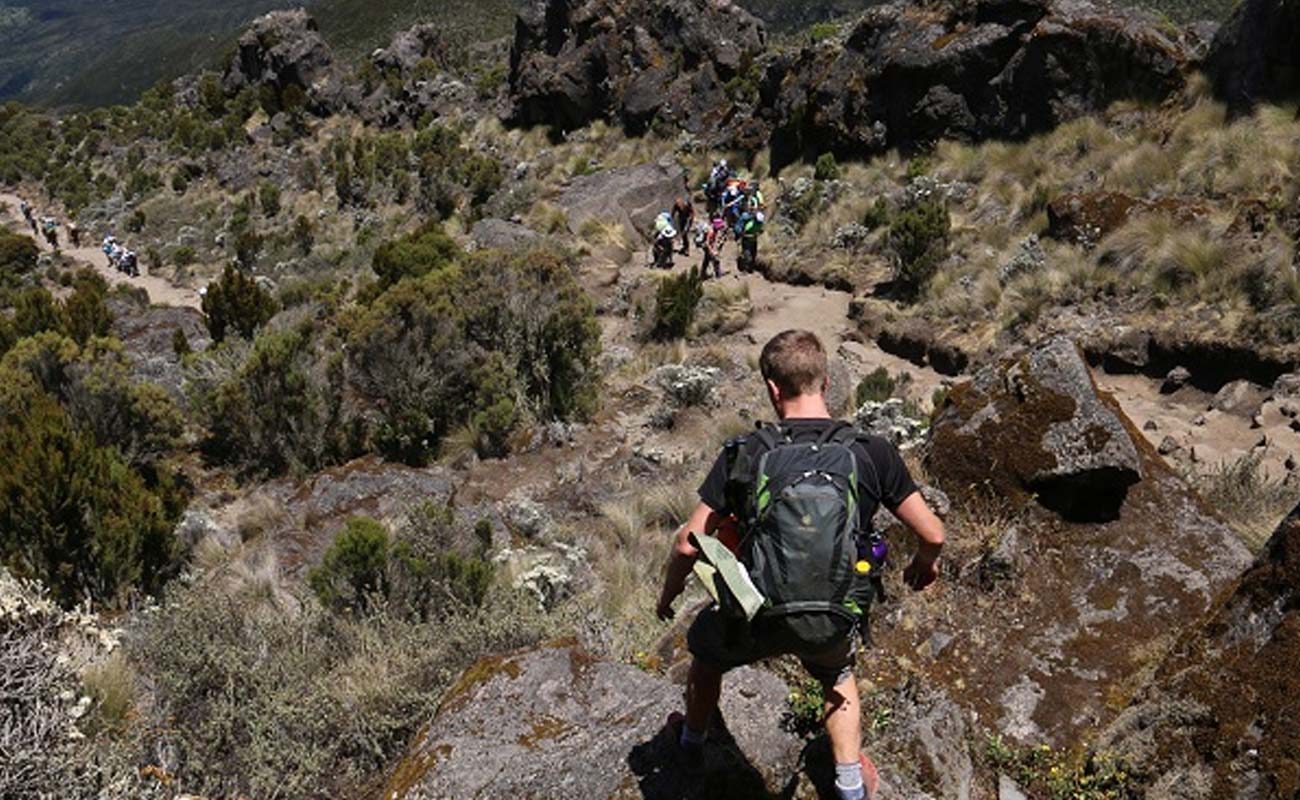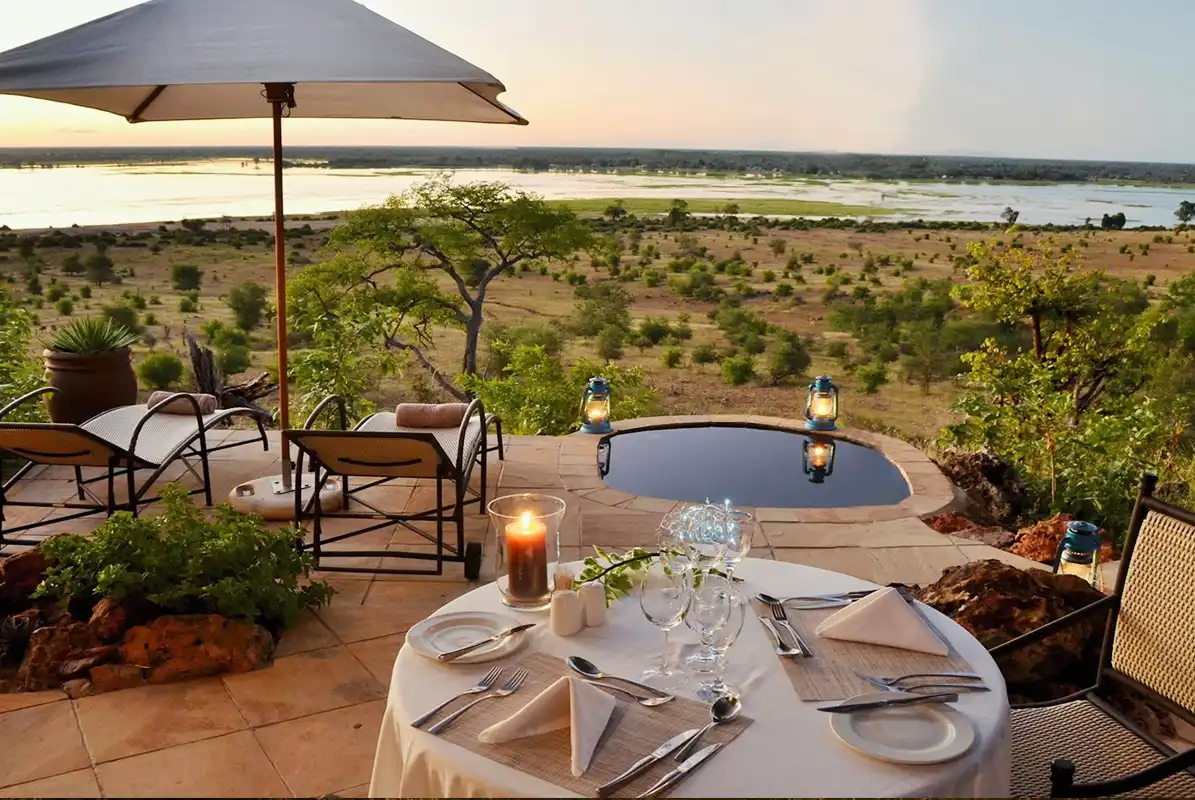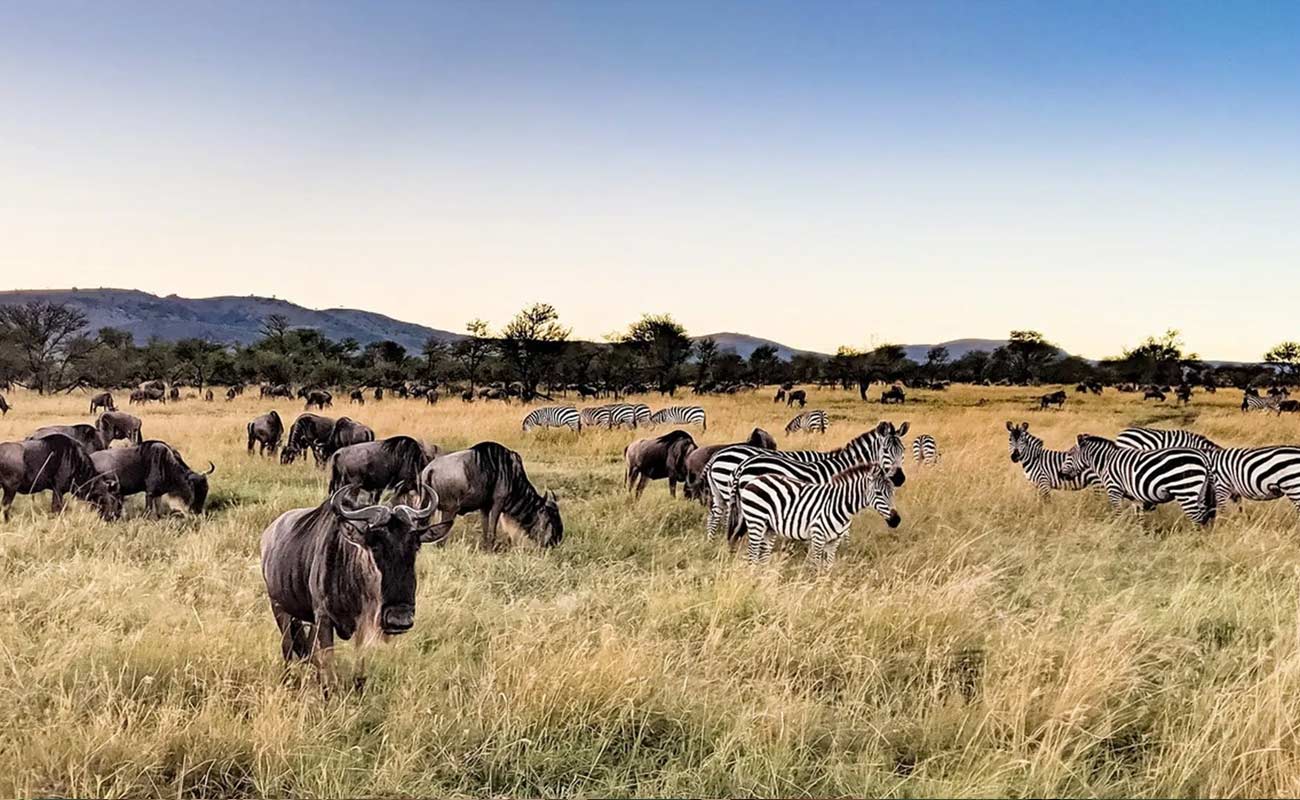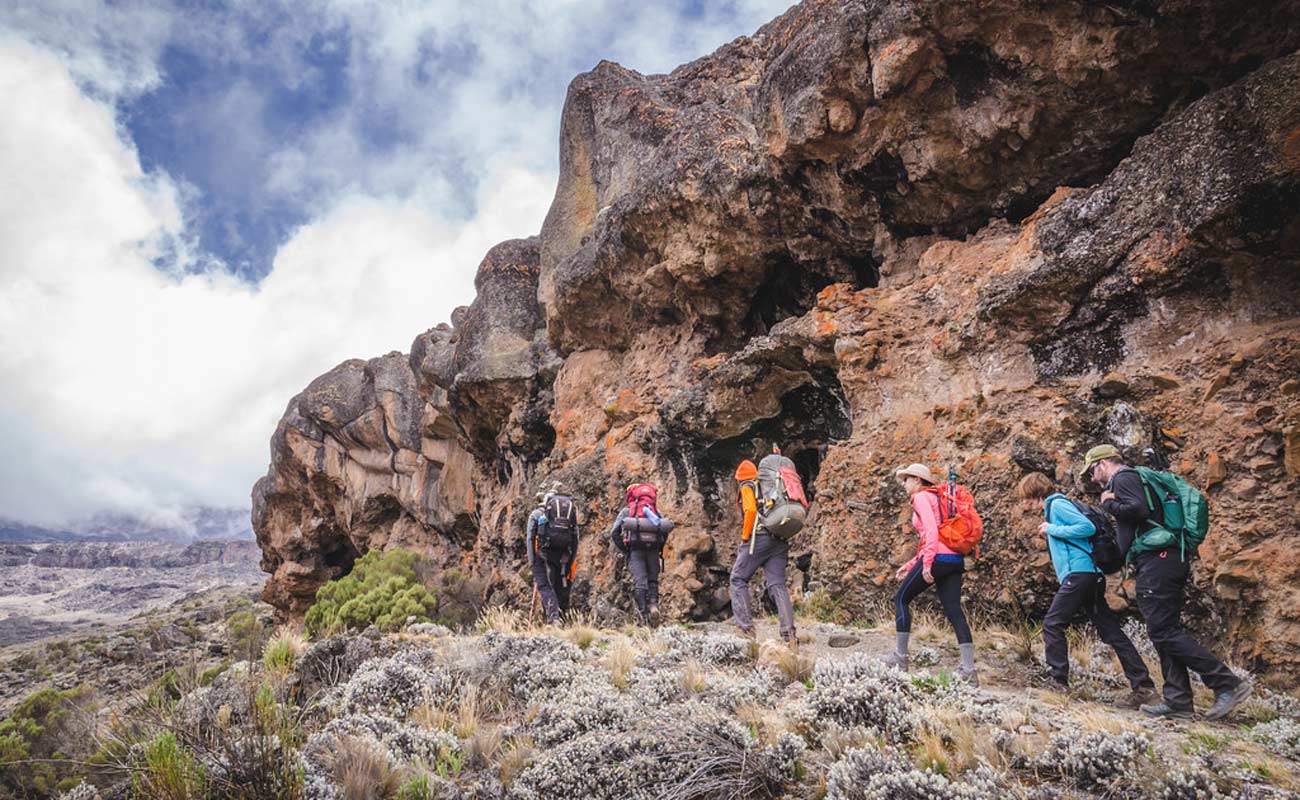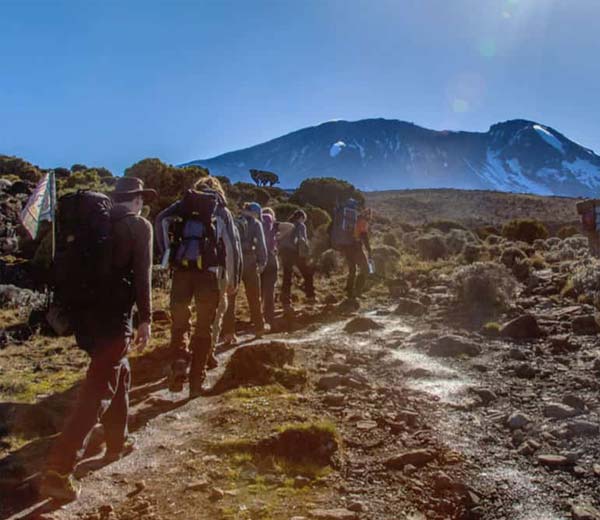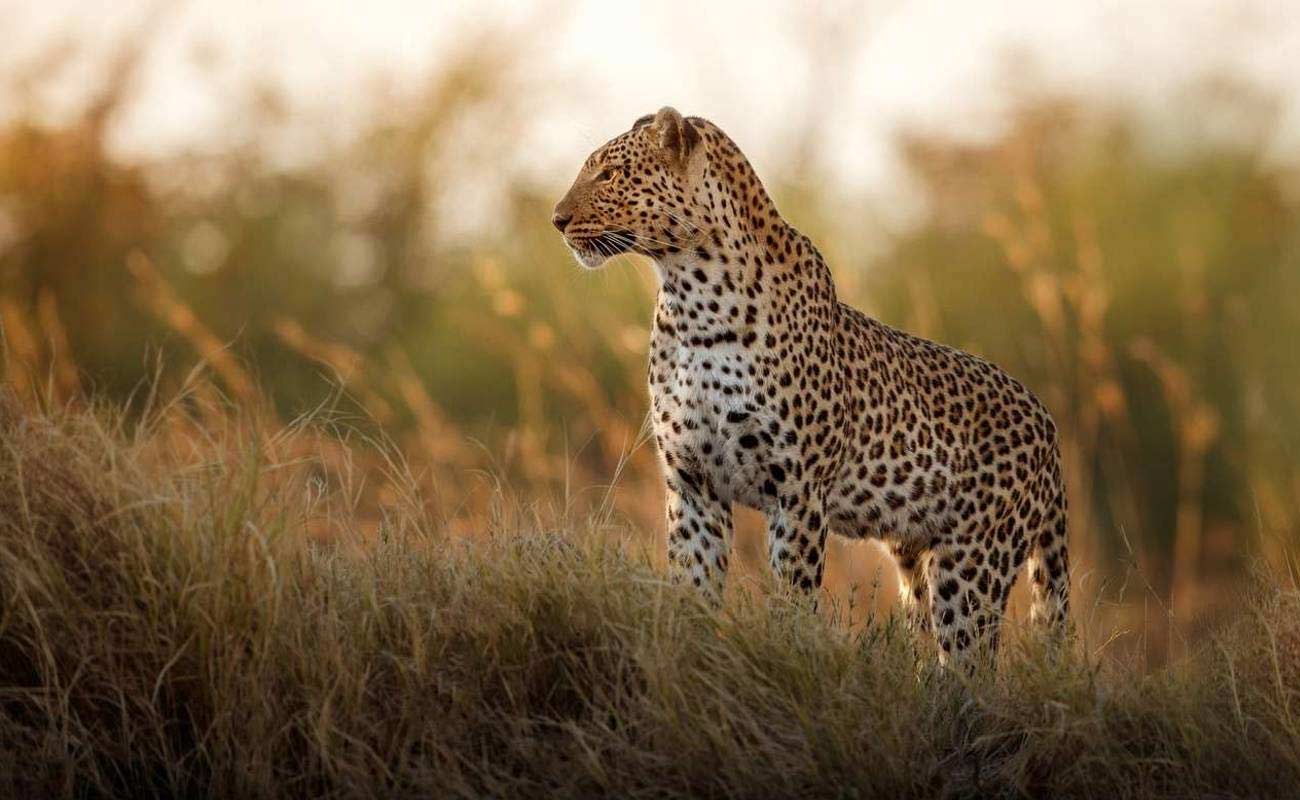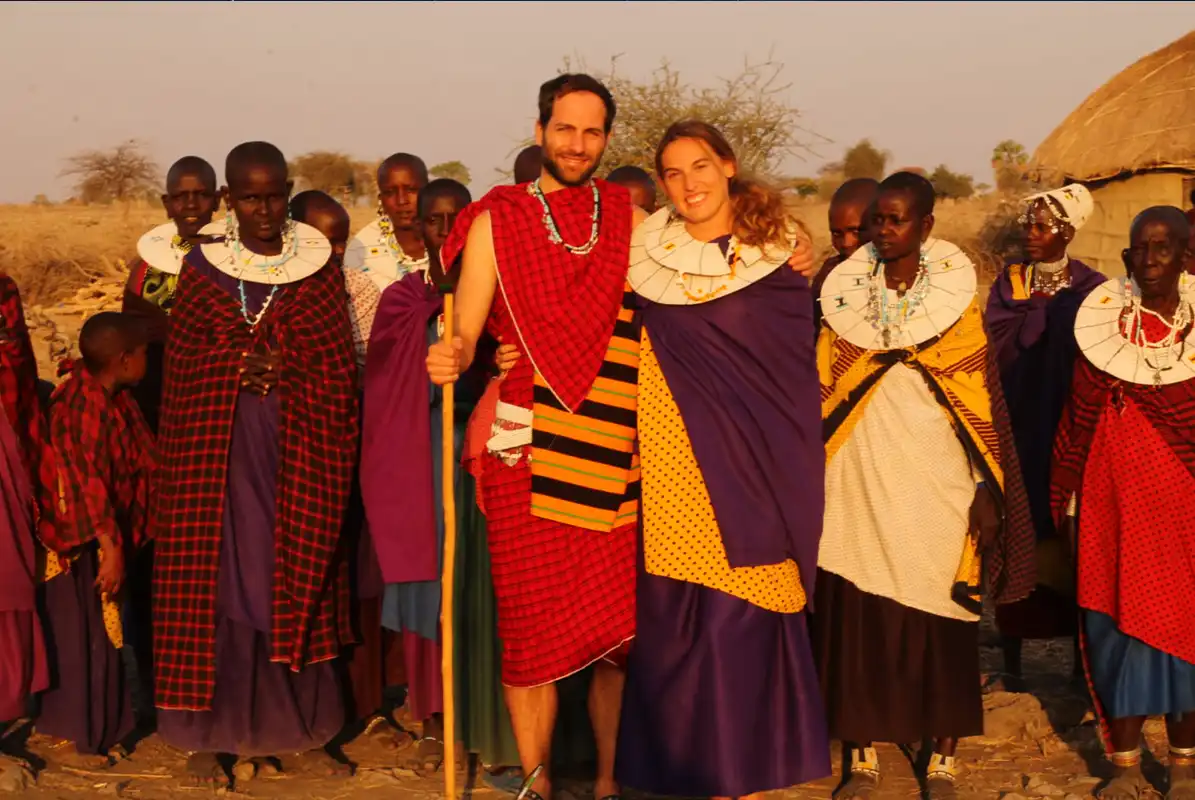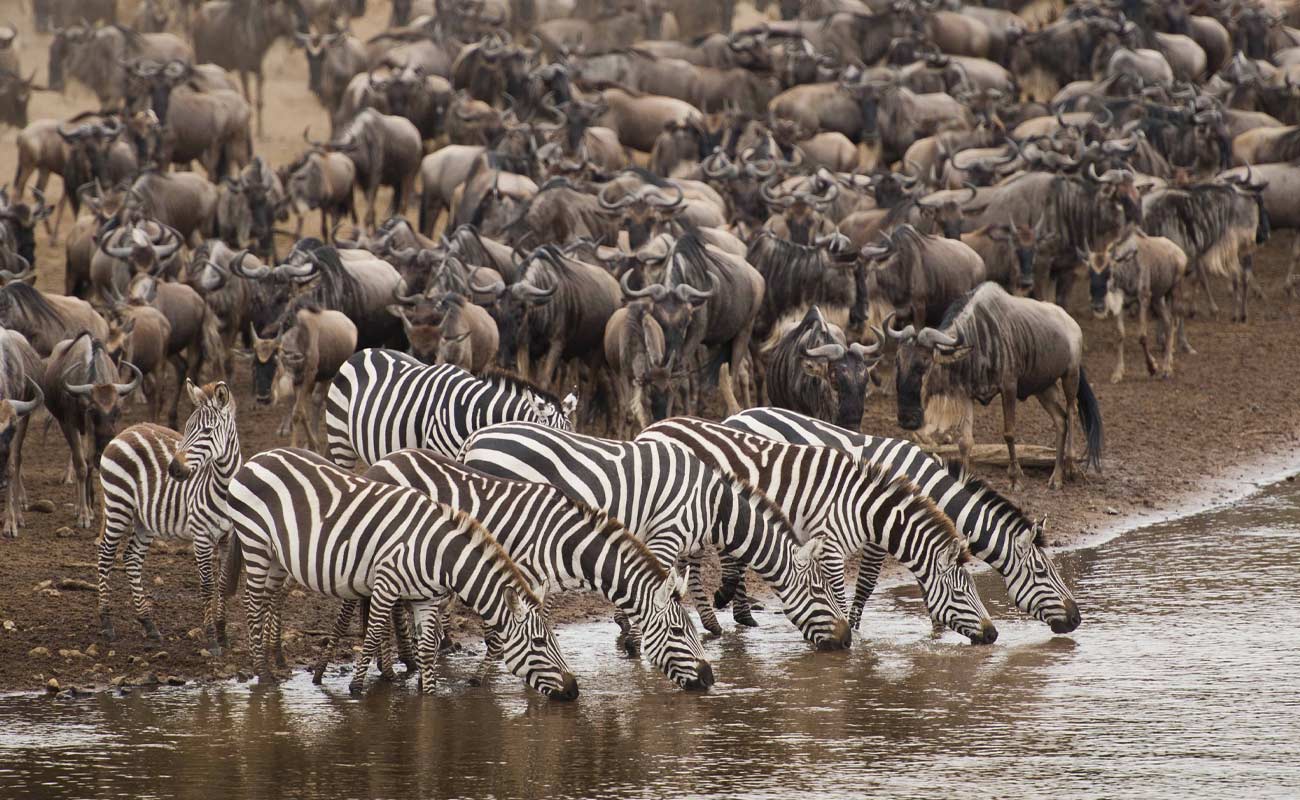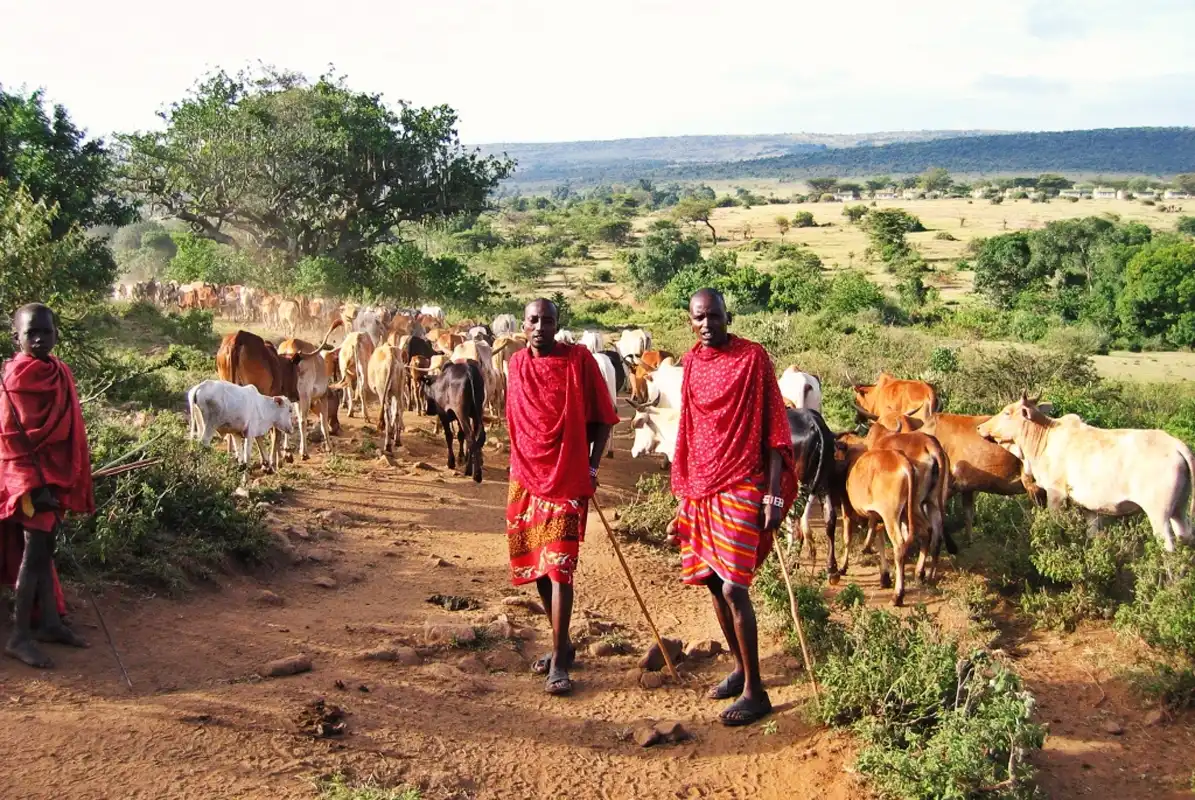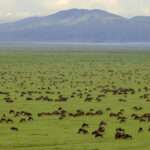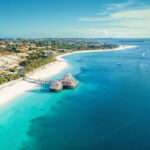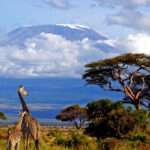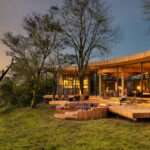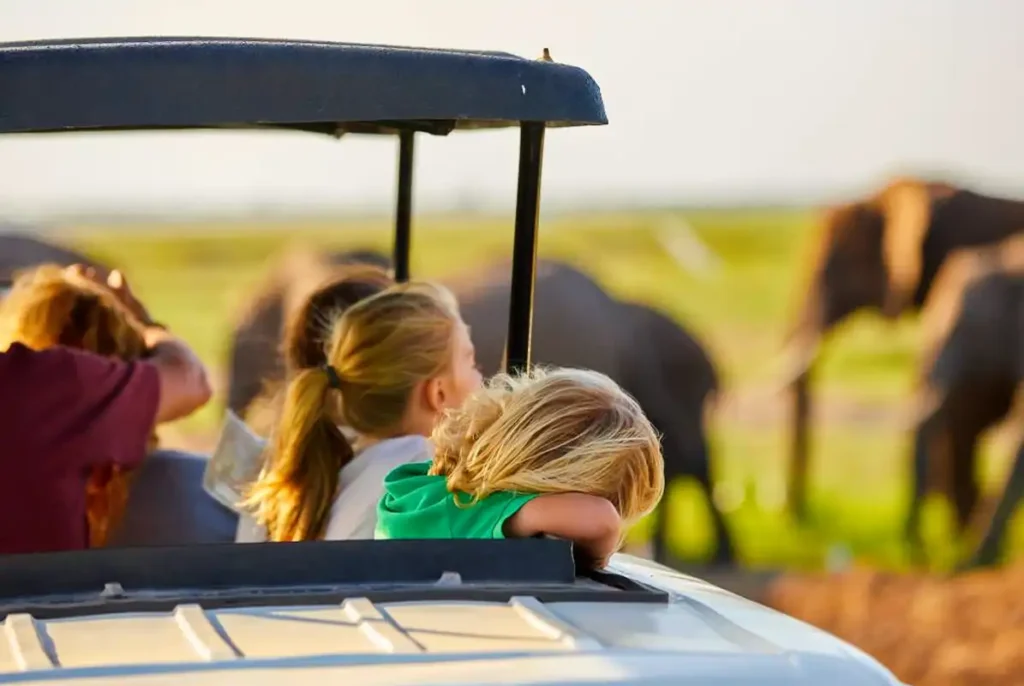How Cold It Gets On Kilimanjaro
If you’re gearing up to conquer Mount Kilimanjaro, get ready for an awe-inspiring adventure. Yet, one common concern for many climbers is, ‘How cold does it get on Kilimanjaro?’ The weather atop Kilimanjaro can present challenges, and grasping the cold is crucial for a safe and enjoyable trek.
In this comprehensive guide, we’ll delve into the temperature variations you can anticipate on the mountain, share expert advice to keep warm, and equip you with invaluable insights to ensure your Kilimanjaro Climbing Tour is nothing short of unforgettable.
Understanding Kilimanjaro’s Temperature Zones
Kilimanjaro encompasses various temperature zones as you ascend, each significantly impacting the cold you’ll encounter during your Mount Kilimanjaro climb. Here’s a brief overview of these zones and their associated temperatures:
1. Base Zone (800m – 1800m):
- Daytime Temperature: 77°F to 86°F (25°C to 30°C)
- Night-time Temperature: 50°F to 59°F (10°C to 15°C)
2. Rainforest Zone (1800m – 2800m):
- Daytime Temperature: 59°F to 68°F (15°C to 20°C)
- Night-time Temperature: 41°F to 50°F (5°C to 10°C)
3. Heath & Moorland Zone (2800m – 4000m):
- Daytime Temperature: 50°F to 59°F (10°C to 15°C)
- Night-time Temperature: 32°F to 41°F (0°C to 5°C)
4. Alpine Desert Zone (4000m – 5000m):
- Daytime Temperature: 32°F to 50°F (0°C to 10°C)
- Night-time Temperature: 14°F to 23°F (-10°C to -5°C)
5. Arctic Zone (Above 5000m):
- Daytime Temperature: 14°F to 23°F (-10°C to -5°C)
- Night-time Temperature: Can drop below 14°F (-10°C)
Coping with the Cold
Now that you’re familiar with the temperature fluctuations on Kilimanjaro, let’s delve into strategies to ensure warmth and comfort throughout your Mount Kilimanjaro climb.
Layering is Key
Dressing in layers is a fundamental strategy for combating the cold. Here’s an effective layering approach:
– Base Layer: Begin with moisture-wicking fabric to keep sweat away from your skin.
– Insulation Layer: Add an insulating layer, such as a fleece jacket, to trap heat.
– Outer Layer: Your outermost layer should be waterproof and windproof to shield against elements like rain and snow.
Quality Gear Matters
Prioritize investing in high-quality gear, particularly a reliable down jacket and a warm sleeping bag. These items can make a substantial difference in maintaining warmth, especially at higher altitudes.
Proper Headgear and Gloves
Ensure you include a warm hat that covers your ears and insulated gloves to protect your extremities. Since you lose a significant amount of heat through your head and hands, keeping them covered is paramount.
Stay Hydrated and Nourished
Eating well and staying hydrated play a crucial role in generating heat within your body. Consume high-energy foods and drink warm fluids to sustain your energy levels throughout the climb.
Listen to Your Body
Be vigilant for any signs of hypothermia or frostbite, such as shivering, confusion, or numbness in your extremities. If you notice any of these symptoms, prioritize seeking warmth immediately.
Expert Tips for Cold Kilimanjaro Climbing
We’ve compiled invaluable insights from seasoned climbers and guides to assist you in effectively managing the cold on Kilimanjaro:
– Start Early: Initiate your summit attempt in the early hours of the morning when temperatures are at their lowest.
– Warm Sleeping Bag: Invest in a sleeping bag rated for the temperatures you’ll encounter on the mountain. A sleeping bag liner can provide extra warmth.
– Hot Water Bottles: Many experienced climbers recommend using hot water bottles. Fill a sturdy, leak-proof bottle with hot water before bedtime and place it inside your sleeping bag to stay warm.
– Keep Moving: While rest is crucial, staying active during breaks can help maintain body heat.
– Stay Dry: Wet clothing loses its insulating properties. Ensure your rain gear is easily accessible and use it if it starts to rain or snow.
Stay Warm, Stay Safe, and Conquer Kilimanjaro’s Summit!
Now that you’re aware of the cold temperatures on Kilimanjaro, you can plan accordingly and gear up for the adventure of a lifetime. With the right clothing, gear, and knowledge in hand, you’ll be well-equipped to conquer Africa’s highest peak while staying warm and comfortable throughout your journey.


